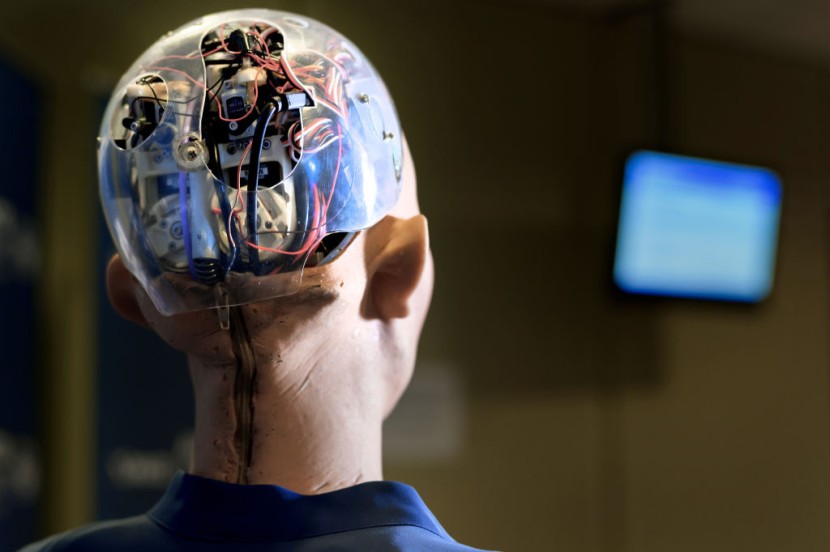China's Ministry of Industry and Information Technology has issued a comprehensive guidance opinion aimed at promoting the innovative development of humanoid robots within the country.
In a strategic document revealed today, China has outlined its ambitious goals for the years 2025 and 2027, aiming to establish itself as a leader in the humanoid robotics industry, as per Bloomberg.
China's Humanoid Robot Innovation Vision 2025

By 2025, China will establish an initial humanoid robot innovation system with significant breakthroughs in critical components such as the "brains, cerebellum, and limbs."
Simultaneously, they aim to ensure a safe and efficient supply of core components. The production level for these humanoid robots is expected to meet advanced international standards, with mass production becoming a reality.
These robots are anticipated to demonstrate their effectiveness across various fields, from manufacturing to livelihood services. In addition to these technical milestones, the 2025 goal involves cultivating two to three globally influential ecological enterprises alongside several specialized small and medium-sized enterprises.
Furthermore, two to three development clusters will be created, employing innovative business models to boost the development of the humanoid robot industry. By 2027, the technological innovation capability of humanoid robots in China is expected to undergo significant improvements.
This will lead to the formation of a safe and reliable industry supply chain with globally leading comprehensive strength, making it highly competitive on an international scale. The industry will then move towards large-scale development, encompassing more comprehensive application scenarios.
Related products will be deeply integrated into the real economy, essentially becoming an essential new engine of economic growth. The issuance of this guidance opinion is significant for several reasons. First and foremost, it provides a clear roadmap for China's future development in the humanoid robot sector.
It also delineates critical paths for technological innovation and resource allocation. Experts and industry insiders alike have praised this strategic move, representing a crucial step in the right direction for China's technological and economic advancement.
Wang Peng, an associate research fellow at the Beijing Academy of Social Sciences, views this guidance as pivotal for China. He believes integrating humanoid robots into social and economic development will significantly enhance production efficiency and drive innovation, according to Global Times.
China's Tech Integration for Market Success
China has already laid a solid foundation in terms of technological reserves, and this guidance will aid in better integrating research and development resources with a market-based approach.
While China has made significant progress in humanoid robotics, there are areas where it needs to catch up with some developed countries, particularly in high-end chips and core algorithms. This guidance is expected to bridge these gaps and foster collaboration between various stakeholders.
The guidance outlines five critical tasks aimed at driving industrial development. These include achieving crucial technological breakthroughs, nurturing essential products, expanding application scenarios, creating a robust industrial ecology, and bolstering support capacity.
These strategic tasks are designed to spur innovation and growth within the sector. The innovative potential of humanoid robots is poised to stimulate economic development further. With support from the nation's technology and policy efforts, humanoid robots can find applications in various industries, including healthcare and family services.
As reported by the Xinhua News Agency, it is projected that by 2030, China's market scale for humanoid robots will reach an impressive 870 billion yuan, highlighting the significant economic potential of this sector. The release of this guidance has already had a positive impact on the market, with shares of Chinese robotics companies surging in response.
The direction signals supportive policies, providing a strong incentive for companies in this field to expand and innovate, Market Watch reported.
© 2025 HNGN, All rights reserved. Do not reproduce without permission.








